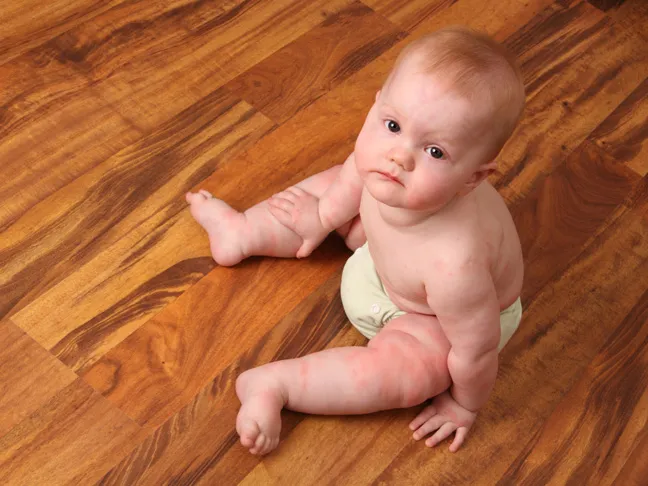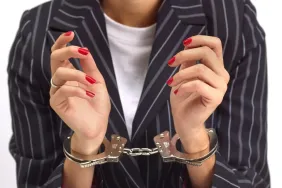Baby rashes are common; after all, babies have delicate, sensitive skin. However, it’s a good idea to know what to look for when dealing with rashes on babies — so you can determine what’s serious and what’s not.
What are some common rashes on babies, and how can you tell if they are serious or not?
There’s handful of rashes that commonly affect infants, including:
1. Cradle cap is a common newborn rash that occurs when an infant develops yellow scaly patches in the hair or on the neck and ears. The rash is not itchy and generally resolves itself on its own within a few weeks or months.
2. Eczema is another common long-term rash characterized by extremely dry, itchy skin. The most common rashes on kids and babies is atopic eczema. It is frequently located behind the knees or on the front of the elbows. Although it’s not serious, it usually requires a doctor’s diagnosis and prescription medication to manage.
3. Erythema toxicum neonatorum is the red, blotchy skin that many newborns develop at two or three days old. It resolves on its own after a few days. Although this rash is an example of a baby rash on face, it can also appear on other parts of the body.
4. Diaper rash is very common. It appears on your baby’s diaper area, and should be treated right away with an OTC cream. If it doesn’t go away quickly, consult your doctor; it may be a yeast diaper infection caused by thrush.
5. Bacterial infections, caused by strep and staph, are also common in the diaper area. If you suspect that your baby has a bacterial infection, call your doctor right away; she can prescribe an antibiotic cream to treat it.
6. Allergic rash, caused by food or another substance (like lotion or laundry detergent). Consult your child’s pediatrician, if you suspect your child has an allergy.
What are some signs that a rash is serious?
When a baby has a rash combined with a fever, it can be a sign of a serious illness. Regardless of how harmless a rash may seem, if you have questions or your baby seems unwell, it’s best not to self-diagnose. Consult your child’s pediatrician.
What’s the first thing you should do if you notice that your baby has a rash?
Pay close attention to your child’s rash. Is it getting better? Worse? If the rash seems infected or there’s a fever with pain, swelling, skin that’s hot to the touch, or swollen lymph nodes, call a doctor. Even if the rash doesn’t look serious but your baby is fussy, call a doctor.
What are serious rashes that you should be aware of?
Hand foot mouth disease is most prevalent in children under 4-years-old. It is caused by the coxsackie virus and distinguished by a fever and a rash of painful red blisters that appear inside the mouth and on the fingers and feet. The disorder lasts for a week, but the mouth blisters may remain longer. This condition is not typically treated with any medications other than to reduce pain and fever symptoms. The blisters don’t itch, and the condition usually resolves itself within a week or so.
It can be scary when your baby has a sickness that you don’t understand. However, paying attention and observing your baby’s demeanor are helpful measures that you can take. Baby rashes are common, and although most are not serious, some should be dealt with quickly. In general, it’s best to call a doctor when in doubt.
Photo: Getty








